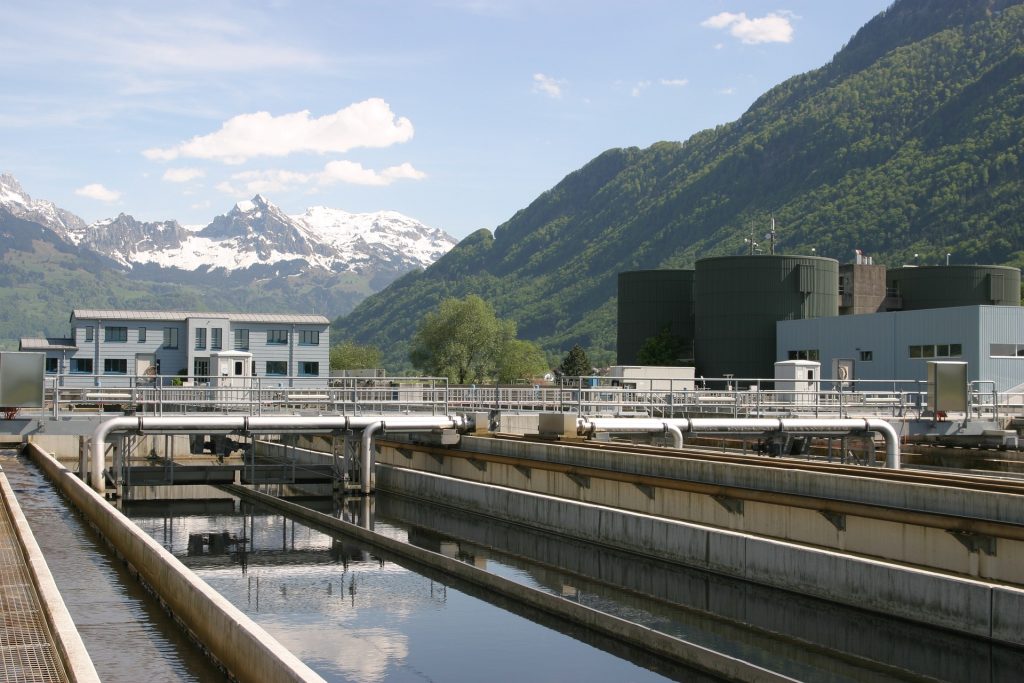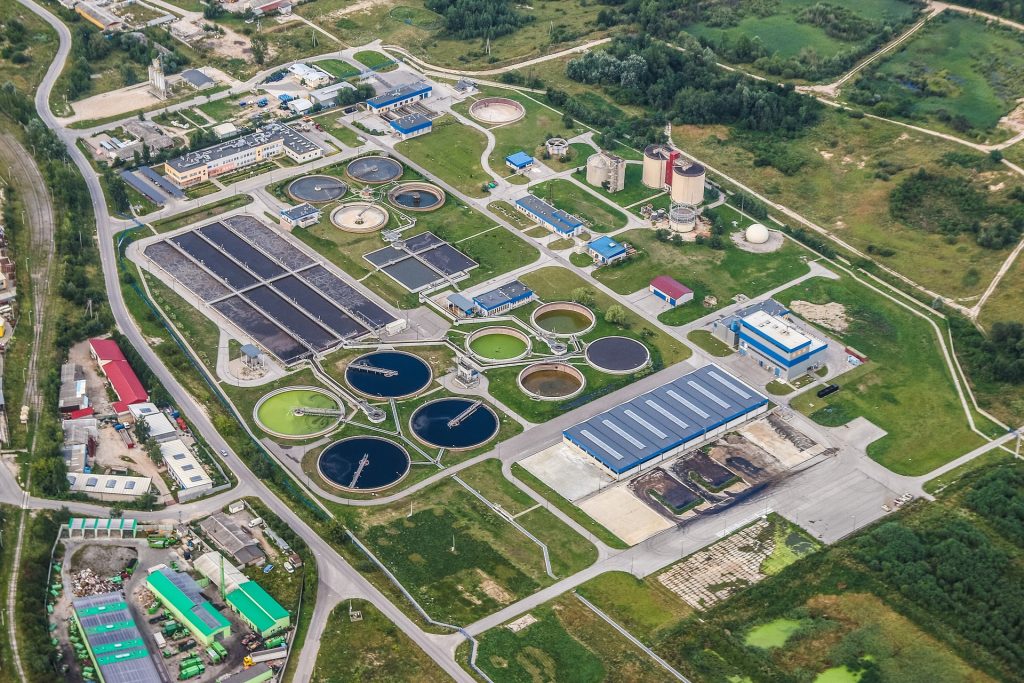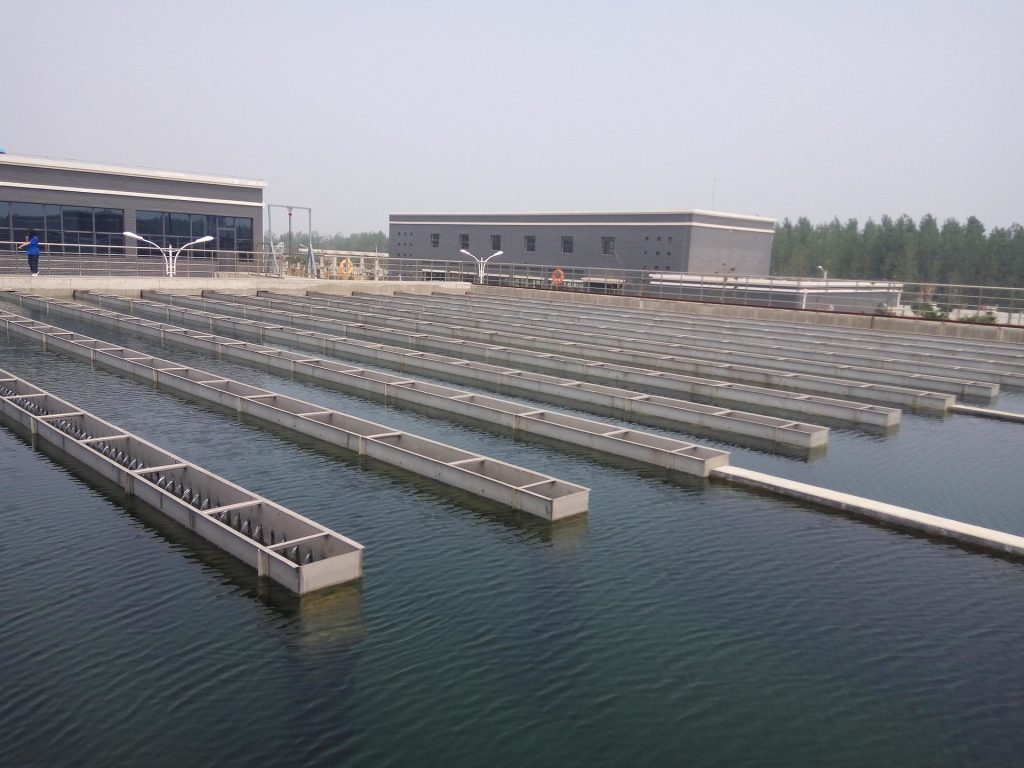Water Treatment
Achieve chemical-free treatments in the field of water treatment. Nanobubbles have remarkable physical and chemical properties that can be harnessed to improve water quality.
NanoSud’s nanobubble generators provide treatment without the use of chemicals for natural drinking water sources. These systems prevent algae proliferation, improve water clarity, increase dissolved oxygen levels, oxidize unwanted metals, and eliminate compounds that generate unpleasant tastes and odors.

NanoSud offers cost-effective improvements to aeration and flotation systems by optimizing energy efficiency, reducing process mismatches, and increasing disinfection effectiveness.
Thanks to its advanced nanobubble generation technology, NanoSud maximizes oxygen transfer and improves aeration efficiency in systems. This results in reduced energy consumption and optimized process performance.
Additionally, nanobubbles generated by NanoSud improve flotation efficiency in solid-liquid separation processes, allowing for greater recovery of desired materials and a reduction in waste.
Improved Aeration and Oxygen Transfer:
Chemical-Free Oxidation:

Improved Physical Separation and Flotation:
Increased Treatment Capacity:
Surfactant Reduction:



